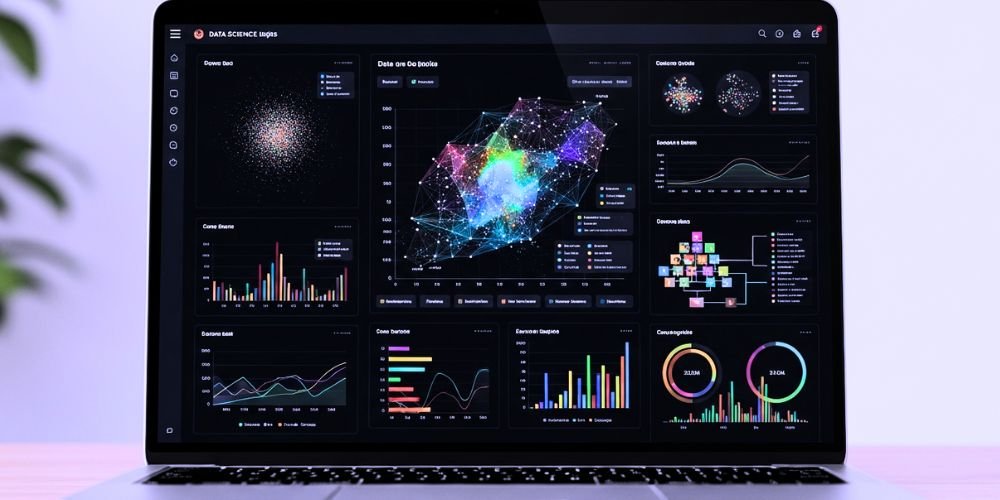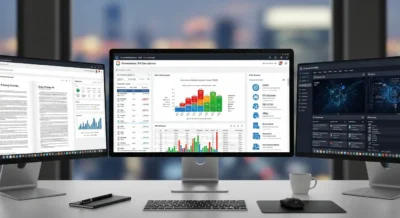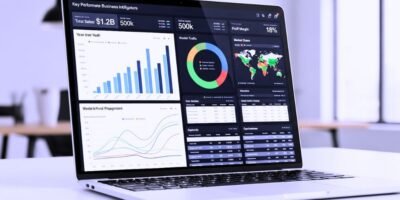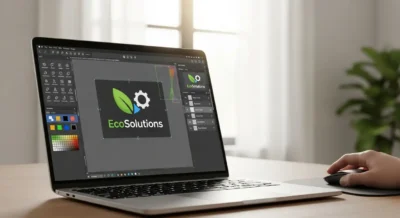In data science, visualization is vital in unlocking hidden patterns, trends, and insights within complex datasets. Visualization in data science involves using graphical representations and interactive tools to transform raw data into visual formats that are easily understandable and meaningful to technical and non-technical audiences. This article explores the significance of visualization in data science, its key benefits, and its impact on extracting valuable insights from data.
The Significance of Visualization in Data Science
Data visualization serves as a bridge between data and human understanding. It allows data scientists, analysts, and decision-makers to effectively explore, analyze, and communicate complex data. Visualization in data science holds several key advantages:
Enhanced Data Exploration
Visualization in Data Science is essential for data scientists to analyze data intuitively and visually. Using charts, graphs, and interactive tools, we can quickly gain an overview of the data, identify patterns, outliers, and relationships between variables, and explore various angles of analysis. By harnessing the power of visualization, we can gain insights that would be difficult to uncover through other means.
Effective Communication of Insights
Visualization in Data Science helps communicate complex data and insights clearly and concisely. It enables data scientists to present findings, trends, and correlations to technical and non-technical stakeholders, facilitating better understanding and decision-making. Visualizations have the power to convey information more effectively than raw data, making them a powerful tool for data-driven storytelling.
Identification of Trends and Patterns
Visualization in Data Science in Data Science enables data scientists to uncover hidden trends, patterns, and anomalies within the data. By representing data visually, ways that may not be apparent in tabular or numerical form become more discernible. visualization in data science highlight correlations, distributions, and temporal patterns, enabling data scientists to make data-driven inferences and hypotheses.
Support for Hypothesis Testing
Visualization in Data Science in Data Science aids in formulating and validating hypotheses in data science. By visualizing data, data scientists can test assumptions, compare scenarios, and observe how variables interact. Visualizations help identify relationships, confirm or refute hypotheses, and guide the direction of further analysis and exploration.
Decision-Making Support
Visualization in Data Science empowers decision-makers to make informed choices based on data-driven insights. Visual representations of data give decision-makers a holistic view of the information, enabling them to evaluate options, assess risks, and identify optimal strategies. Interactive dashboards and visualizations allow decision-makers to drill down into specific areas of interest and explore various what-if scenarios.
Benefits of Visualization in Data Science
Visualizing data is a powerful tool for understanding complex patterns and relationships. By representing data visually, we can quickly identify trends, outliers, and correlations that might not be apparent from raw data alone.
Enhanced Data Understanding
Visualization in Data Science simplifies the interpretation of complex data by providing a visual framework. By visually representing data, patterns, trends, and outliers become more evident, enabling scientists to understand the underlying data better. It is imperative in today’s data-driven world, where vast amounts of information can be overwhelming and challenging to comprehend without visual aids.
Improved Data Analysis Efficiency
Visualization in Data Science simplifies the interpretation of complex data by providing a visual framework, streamlining the data analysis process. By visually representing data, patterns, trends, and outliers become more evident, allowing data scientists to identify insights and trends quickly. It reduces the time and effort required to extract information from large datasets, enabling them to focus on meaningful analysis and interpretation.
Increased Stakeholder Engagement
Visualization in Data Science in Data Science engages stakeholders by making data more accessible and understandable. Visualizations enable stakeholders to interact with the data, ask questions, and gain real-time insights. This engagement fosters collaboration, encourages data-driven decision-making, and facilitates better communication between data scientists and stakeholders.
Error Detection and Data Quality Assurance
Visualization in Data Science can help identify data quality issues, anomalies, and errors in the dataset. By visually exploring data, data scientists can identify inconsistencies, missing values, or outliers that require further investigation and data cleansing. Visualization acts as a quality assurance tool, ensuring the integrity and reliability of the data.
Scalability and Adaptability
Visualization in Data Science techniques can accommodate large and complex datasets. Advanced visualization tools and techniques allow data scientists to effectively handle big data, streaming data, and diverse data types. Visualization frameworks are adaptable to different domains, making them applicable in various industries and research fields.
Conclusion
Visualization in data science is a powerful tool that enables data scientists and decision-makers to gain valuable insights from complex datasets. Visualization facilitates data exploration, enhances data understanding, and supports data-driven decision-making by representing data visually. Effective visualization techniques provide explicit, concise, and interactive data representations, allowing stakeholders to quickly grasp critical findings and trends. Incorporating visualization into the data science workflow empowers organizations to unlock the full potential of their data and drive informed decision-making in an increasingly data-driven world.













